Have you considered What is the Cheapest Rock for Landscaping and Which is the Best that will enhance the functionality and beauty of your outdoor space? If so, then you came to the right place. Using rocks in landscaping can add texture, dimension, and contrast to garden beds, walkways, and other yard areas.
Not only do rocks offer a natural and organic look to landscaping, but they also require less maintenance than traditional landscaping materials like grass and mulch. However, choosing the right one for your landscaping project can be overwhelming, with many types of rocks available. Therefore, it’s important to understand the pros and cons of each type of rock to decide which one will work best for your yard.
The following article will review cheap landscaping rocks and compare their costs, sizes, and qualities. We will also discuss the best options for landscaping depending on your specific needs, yard size, and foot traffic areas.
Types of Rocks for Landscaping
This section discusses the most common types of rocks used for landscaping and their pros and cons. It also compares their prices and sizes to help readers decide which rock is best for their project. Here we will discuss the types of rocks for landscaping in detail.
- Granite
- River Rock
- Landscaping Gravel
- Mexican Beach Pebbles
- Marble Chips
- Crushed Stone
Granite
Granite is a durable and long-lasting rock that is ideal for high-foot traffic areas. It comes in various colors, including black, white, pink, and gray, and is available in several different sizes. The price of granite depends on its size and color. Still, it is generally more expensive than other types of rocks.
Cost of Granite
On average, the cost of granite can range from $40 to $100 per ton, or $2 to $7 per cubic foot.
Pros:
● Durable and long-lasting
● Resistant to weather and erosion
● Available in a variety of colors and sizes
Cons:
● More expensive than other types of rocks
● Heavy and difficult to move
● It can be slippery when wet
Using Granite in Landscaping: Tips and Ideas
Create pathways: Granite is an excellent material for creating ways because it can withstand heavy foot traffic and is slip-resistant.
Build retaining walls: Granite blocks can be stacked to create a sturdy and attractive retaining wall. The natural colors and textures of granite create a unique and visually appealing look.
Add decorative accents: Granite boulders and rocks can be used in your garden. They can be placed strategically to add height and interest to your landscape.
Pair with other rocks: Granite pairs well with other stones, such as river rocks and pea gravel, to create a natural-looking design.
Consider the size and placement: When using granite, consider the rocks’ size and placement to create a cohesive design.
River Rocks
River rocks are naturally smooth and round, thanks to the constant flow of water over time. They come in different colors, including brown, gray, and white. River rocks are typically larger than pea gravel but smaller than boulders, making them a good choice for many landscaping projects.
River Rock Cost
Depending on the size and color diversity of the rock, it will usually cost between $20 and $25 for a 4 to 5 cubic-foot or 30 to 40-pound bag of river rock.
Pros:
Easy to work with: They are relatively easy and can be used for landscaping projects.
Natural look: They provide a natural, organic look that can complement various landscaping styles.
Good drainage: They allow good drainage in landscaping projects.
Cons:
Cost: They can be more expensive.
Foot traffic: Their smooth surface makes them slippery in areas with heavy foot traffic.
Limited colors: They come in various colors, and the selection is more limited than other rocks.
Tips on How to Use River Rocks in a Landscaping Project
Create a dry riverbed: Use river rocks to create a dry riverbed feature in your landscaping. This can add interest and texture to your yard.
Accent your garden: Use river rocks to accent your garden beds or to create pathways.
Drainage: Use river rocks to aid in drainage in areas where water pools.
Border a water feature: Use river rocks to border a water feature, such as a pond or fountain.
Mexican Beach Pebbles
Mexican beach pebbles are naturally smooth and round, thanks to the constant flow of water over time. They are typically dark gray or black and are available in various sizes. Mexican beach pebbles are known for their durability and can withstand heavy foot traffic and environmental exposure.
Cost of Mexican Beach Pebbles
On average, Mexican beach pebbles range from $200 to $400 per ton, or $60 to $100 per cubic yard.
Pros:
Unique look: They have a unique and striking appearance.
Durable: They can withstand heavy foot traffic and exposure to the elements.
Low maintenance: They require very little maintenance.
Cons:
Cost: They are more expensive than other rocks.
Slippery: The smooth surface of Mexican beach pebbles can make them tricky, especially when wet.
Limited colors: They are typically only available in dark gray or black.
Tips on How to Use Mexican Beach Pebbles in a Landscaping Project
Create a border: Use Mexican beach pebbles to create a border around garden beds or walkways.
Water features: Use Mexican beach pebbles to border a water feature or to fill the bottom of a pond or fountain.
Ground cover: Use Mexican beach pebbles as a ground cover in areas where grass or plants have a hard time growing.
Contrast: Use Mexican beach pebbles to contrast with lighter-colored rocks or plants for a striking look.
Landscaping Gravel
Landscaping gravel is typically made of crushed stone or rock. It can come in various colors, including beige, gray, brown, and red. It is smaller than other rocks, making it a great option for filling spaces or creating a smooth surface.
Cost of landscaping gravel
On average, landscaping gravel costs from $30 to $60 per ton or $15 to $30 per cubic yard, making it a more affordable option than other rocks.
Pros:
Versatile: Landscaping gravel can be used for various landscaping projects, including creating walkways, filling spaces, and creating a smooth surface.
Affordable: Landscaping gravel is typically more affordable than other rocks,
Low maintenance: Landscaping with gravel requires very little maintenance.
Cons:
Foot traffic: Landscaping gravel may not be the best option for high-traffic areas, as it can shift or move underfoot.
Erosion: Landscaping gravel may be prone to erosion if it is not properly installed and maintained.
Tips on How to Use Landscaping Gravel in a Landscaping Project
Walkways: Use landscaping gravel to create a walkway through your garden or yard.
Driveways: Use landscaping gravel to create a driveway or parking area.
Borders: Use landscaping gravel to create a border around garden beds or walkways.
Drainage: Use gravel landscaping to improve drainage in areas where water accumulates.
Pea Gravel
Pea gravel is typically made of rounded, smooth stones smaller than traditional gravel. It comes in various colors, including white, gray, and brown, and can be used for landscaping projects.
Cost of Pea gravel
The price of pea gravel can vary depending on the location, supplier, and type of gravel. On average, pea gravel costs range from $30 to $60 per ton or $15 to $30 per cubic yard, making it a more affordable option than other types of rocks.
Pros:
Versatile: This can be used for various landscaping projects, including creating paths, borders, and drainage systems.
Low maintenance: They require very little maintenance.
Affordable: This is typically more affordable than other rocks.
Cons:
Foot traffic: High-traffic areas have better options, as they can shift or move underfoot.
Erosion: It is prone to erosion if improperly installed and maintained.
Tips on How to Use Pea Gravel in a Landscaping Project
Paths: Use pea gravel to create a natural-looking way through your garden or yard.
Borders: Use pea gravel to create a border around garden beds or walkways.
Drainage: Use pea gravel to improve drainage in areas where water accumulates.
Play areas: Use pea gravel as a safe and soft surface for children’s play areas.
Marble chips
Marble chips are small pieces of marble that are used for landscaping purposes. They come in various sizes, ranging from 1/8 to 1/2 inch, and are typically white or beige.
Cost of Marble Chips
Marble chips are one of the more expensive options for landscaping rocks. The average cost of marble chips is around $200-$300 per ton, making them one of the pricier options on the market.
Pros:
● Elegance and sophistication: Marble chips add a touch of elegance and sophistication.
● Easy to work: They are easy to work with and require minimal maintenance.
● Durability: Marble chips are known for their durability and long-lasting nature, making them a great option for high-traffic areas.
Cons:
Expensive: They are costly compared to other types of landscaping rocks.
Uncomfortable to walk on: Marble chips get hot in direct sunlight, making them uncomfortable during hot summer months.
Prone to staining or discoloration: The light color of marble chips can make them more prone to staining or discoloration.
Tips on How to Use Marble Chips in a Landscaping Project:
● Use marble chips as a border around a flower bed or garden.
● Create a pathway or walkway with marble chips to add elegance to your outdoor space.
● Mix marble chips with other landscaping rocks to create a unique and textured look.
Crushed Stone
Crushed stone is a versatile material that crushes larger stones into smaller ones. It comes in various sizes and colors, making it popular for landscaping projects.
Crushed Stone Cost
Depending on the size and color diversity of the rock, it will usually cost between $25 and $30 for a .4 to .5 cubic foot or 30 to 40-pound bag of crushed stone.
Pros:
● Affordable
● Moderately easy to find
● Available in a wide variety of colors and mixtures
● Better color Mixture compared to standard gravel
Cons:
● Rocks have sharp edges that are painful to step on
● More basic look compared to other landscape rocks
Tips for Using Crushed Stone in Landscaping
Choosing the Right Size and Color
Choosing the right size and color is the first step in using crushed stone in landscaping.
Consider Foot Traffic
When using crushed stone in landscaping, it’s important to consider foot traffic.
Functional Spaces
Crushed stone can be a base layer for functional spaces like driveways and patios.
Contrasting Element
Crushed stone can also be a contrasting element in a garden bed. It can add texture and visual interest to the landscape design, especially when used alongside other rocks and plants.
The Best Rocks for Landscaping
Choosing the best rock for your landscaping project depends on various factors. Here are some criteria to consider when making your decision:
Budget: One of the most important factors to consider is your budget. Before deciding, determine how much you can spend on landscaping rocks.
Purpose: Consider what the rocks will be used for. Are they for a pathway or garden bed? Do they need to withstand foot traffic or heavy machinery?
Aesthetic: Think about the color and texture of the rocks and how they will complement the rest of your outdoor space.
When comparing the pros and cons of the cheapest rocks for landscaping, it’s important to consider factors such as durability, maintenance, and cost.
● River rocks and pea gravel are both affordable options that require minimal maintenance. They are ideal for creating pathways and garden beds.
● Mexican beach pebbles and marble chips are pricier options that add a touch of elegance and sophistication to any outdoor space. They are ideal for creating borders and decorative accents.
● Landscaping gravel is a versatile option that can be used for various landscaping projects. It comes in multiple sizes and tones and has a finished look.
FAQs for What is the Cheapest Rock for Landscaping, and Which is the Best?
What are the cheapest rocks for landscaping?
The cheapest types of rocks for landscaping are typically river rocks, pea gravel, and landscaping gravel. These options are affordable and easy to work with, making them ideal for various landscaping projects.
How do I choose the best rock for my landscaping project?
When choosing the best rock for your landscaping project, consider factors such as your budget, the purpose of the rocks, and the overall aesthetic you are trying to achieve. River rocks, pea gravel, and landscaping gravel are all versatile options that can be used in various projects.
Final Words
Landscaping with rocks is a popular and practical way to enhance outdoor spaces. Homeowners can create a stunning and low-maintenance landscape by choosing the right type of rock based on the landscaping project’s size, purpose, color, and budget. We hope the article gives you in-depth knowledge of the cheapest and best rock for landscaping.
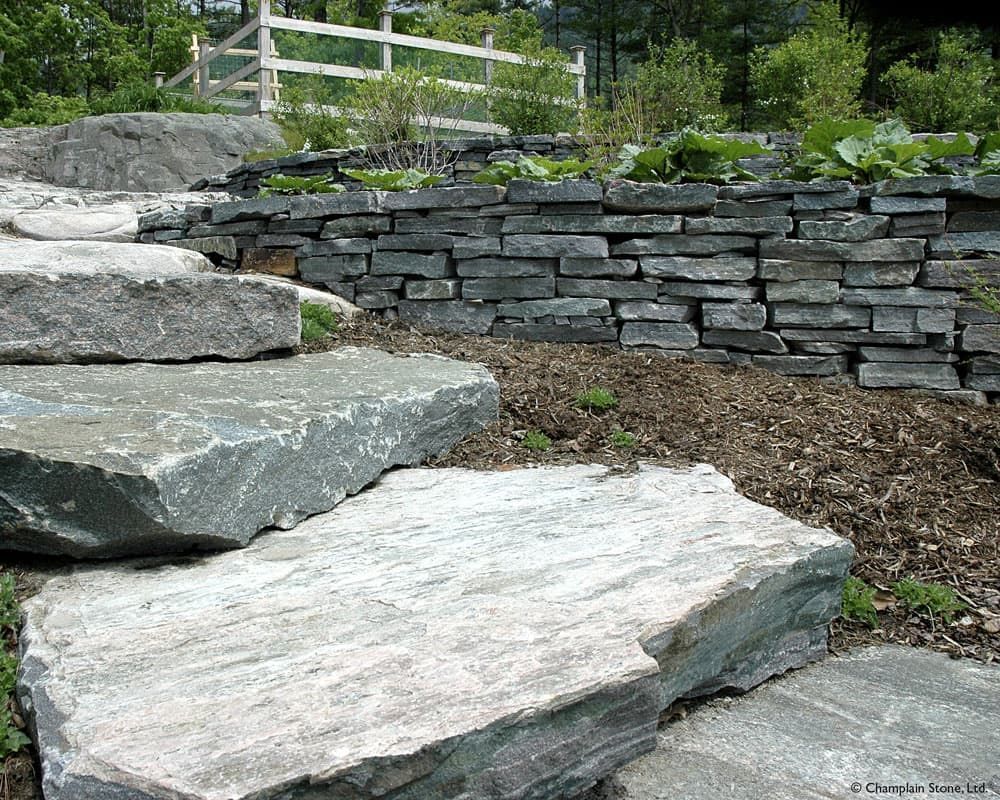
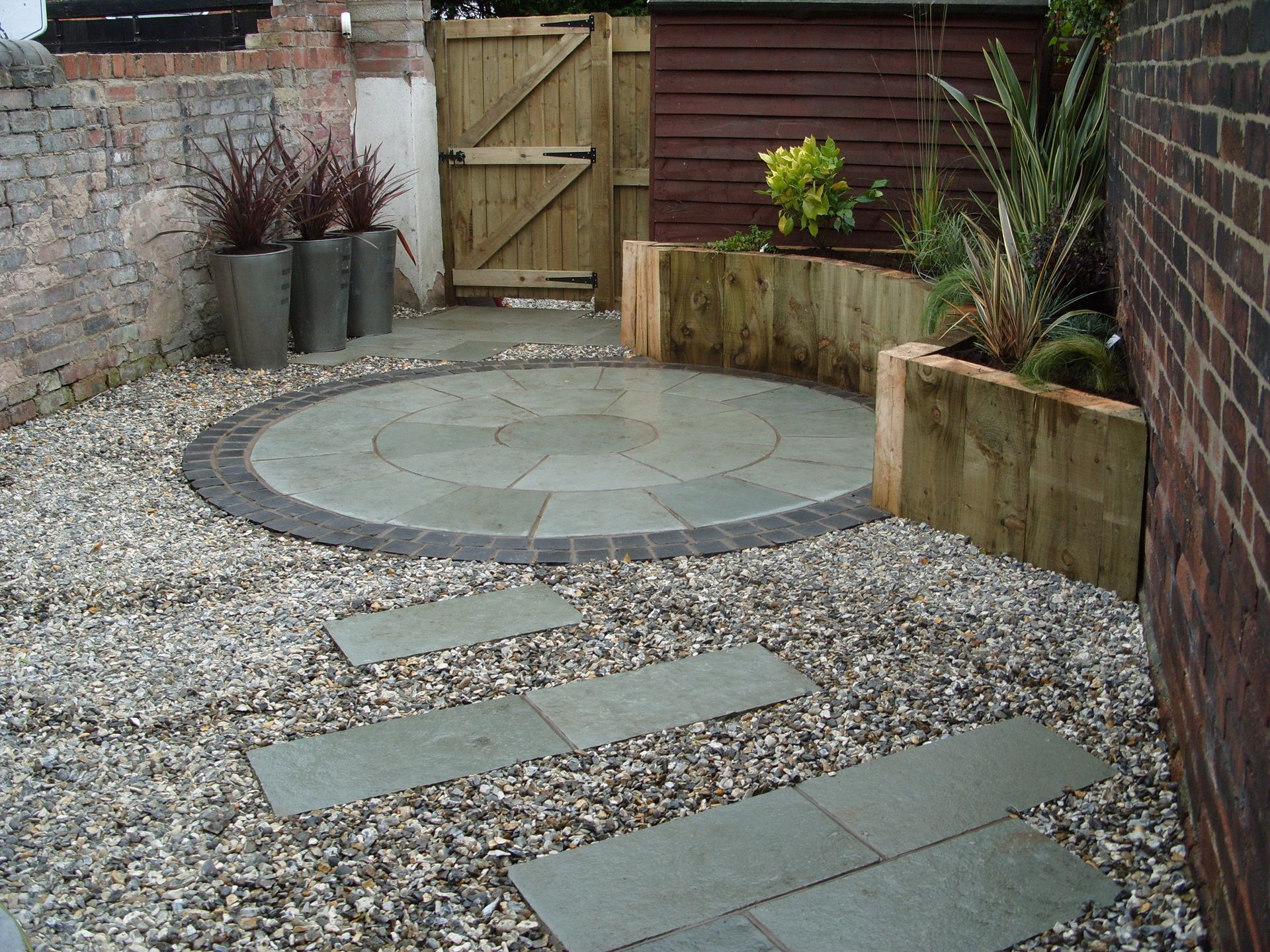
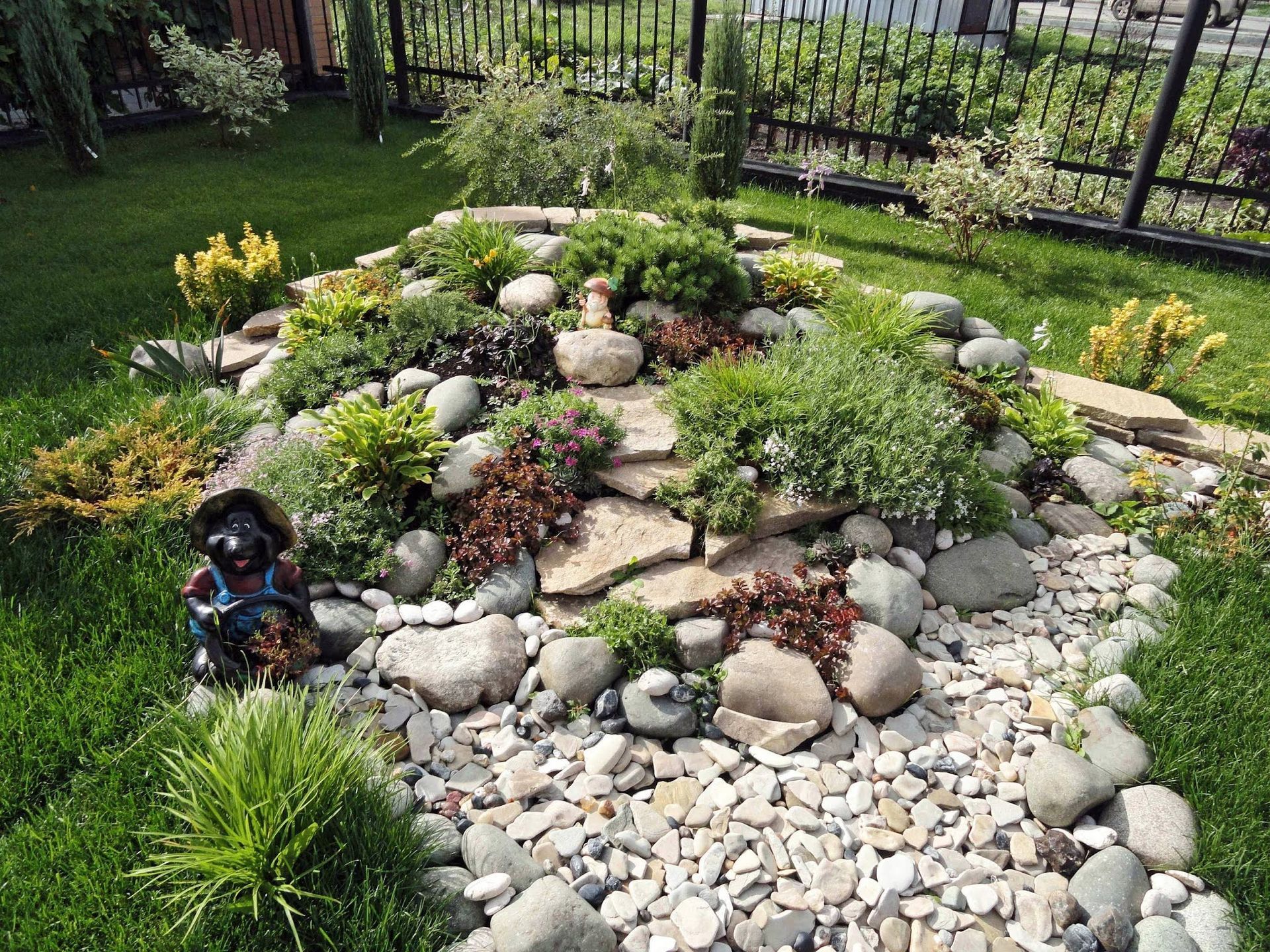
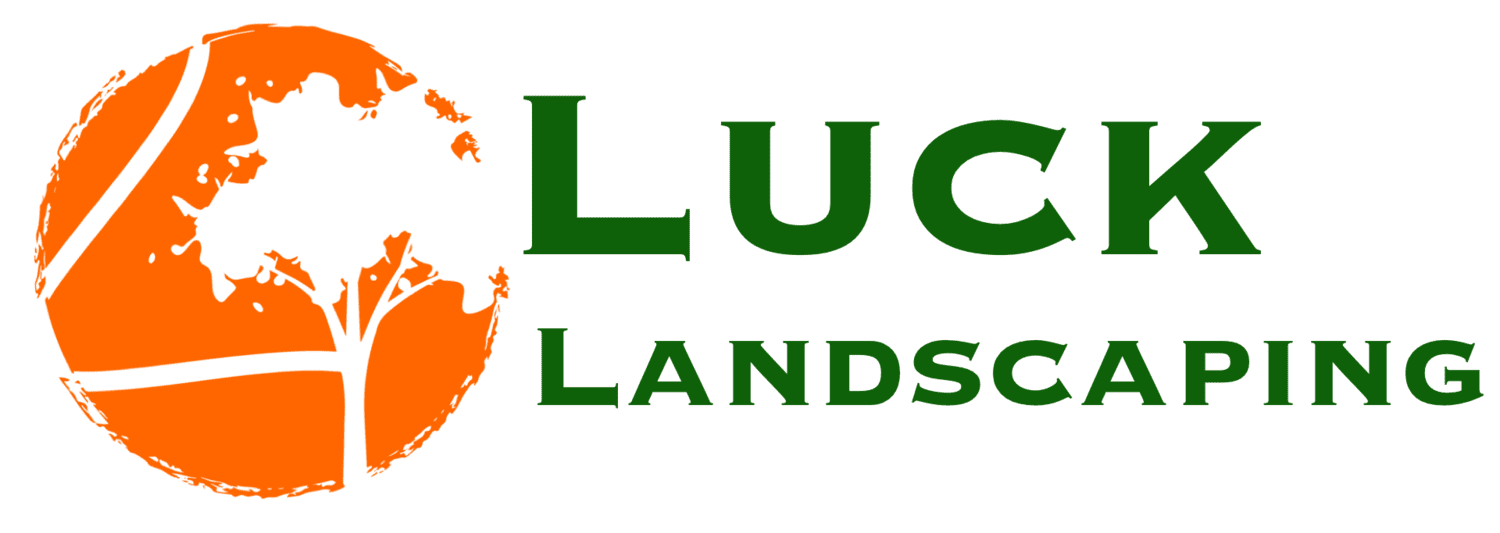
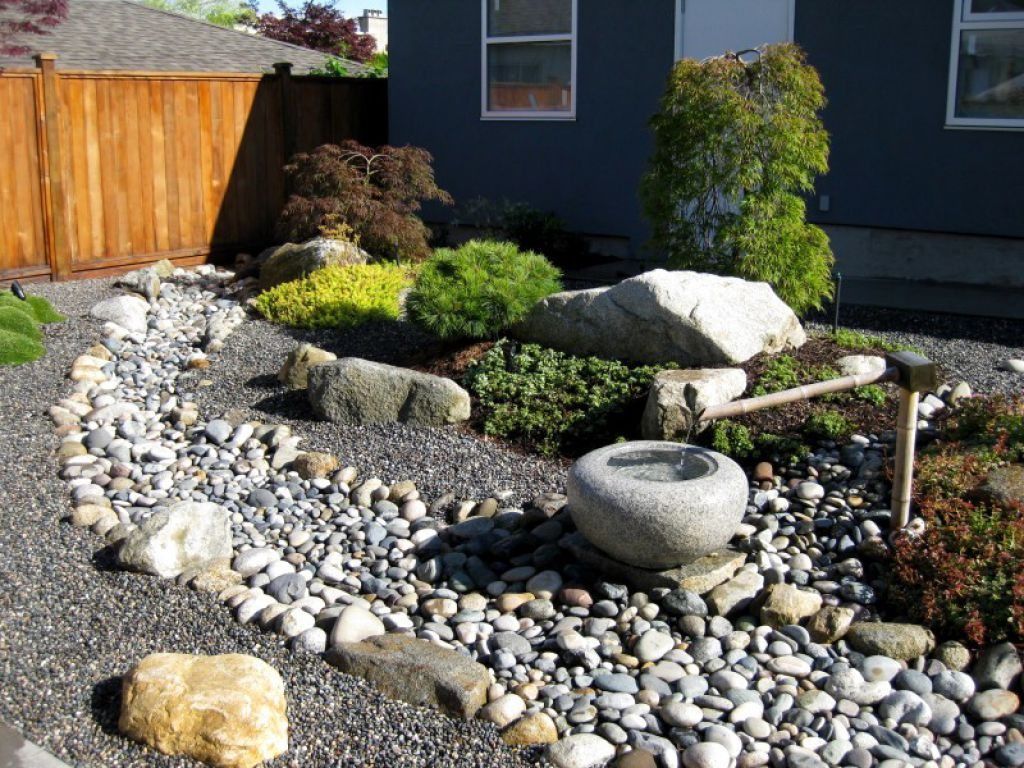
 Pursu Agency
Pursu Agency